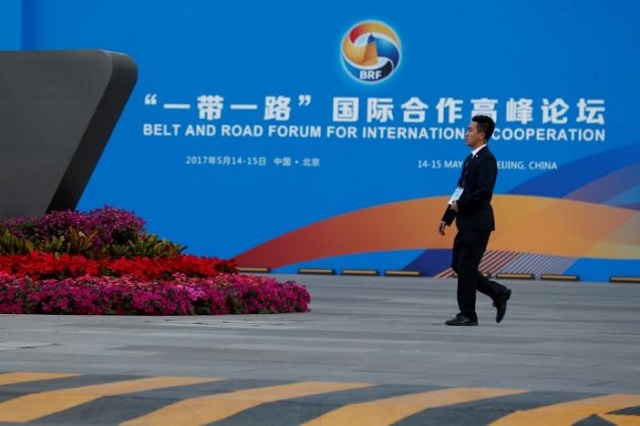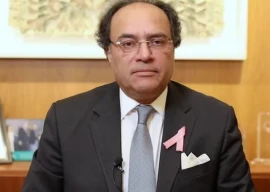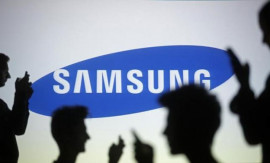
European Union foreign ministers agreed on Monday to launch a global infrastructure plan linking Europe to the world, its latest step after deals with India and Japan and a similar pledge by the Group of Seven richest democracies.
Suspicious of Chinese President Xi Jinping’s Belt and Road Initiative (BRI) to link Europe to Asia via infrastructure in a bid for greater influence, the EU set out a formal path for an ambitious “connectivity” plan from 2022.
“We see China using economic and financial means to increase its political influence everywhere in the world. It is useless moaning about this, we must offer alternatives,” German Foreign Minister Heiko Maas told reporters at a meeting with his EU counterparts in Brussels.
“It is important that the European Union ... coordinates them very closely with the United States,” he said.
The EU has already signed partnerships with Japan and India to coordinate transport, energy and digital projects linking Europe and Asia.
Both Tokyo and Delhi are worried about Chinese largesse that officials say makes poorer countries beholdened to Beijing because they are forced to take on such large debts.
Read More: Samsung enters Europe with Vodafone 5G network deal in Britain
Through development banks, first-loss guarantees to private companies and by offering Western government know-how, the G7, whose leaders met in England in June, also wants to provide more transparency in infrastructure partnerships.
Montenegro, a member of the Nato military alliance and an aspirant to join the EU, is the highest-profile casualty of Chinese debt, Western officials say.
Montenegro borrowed nearly $1 billion from China in 2014 to fund a 41km (25-mile) stretch of road, an amount that has threatened to bankrupt the country. It is now negotiating with Western banks to swap or refinance the debt, Reuters reported this month.
The EU strategy, called “A Globally Connected Europe”, makes no mention of China and Luxembourg’s veteran Foreign Minister Jean Asselborn cautioned on Monday about making China an adversary, noting that German carmakers sold more vehicles in China every year than in Germany.
But one EU diplomat involved in drafting the strategy said the eight-page document had “China written all over it”.
Since 2013, China has launched construction projects across more than 60 countries, seeking a network of land and sea links with Southeast Asia, Central Asia, the Middle East, Europe and Africa.
Beijing denies any intention to project power and has said the infrastructure corridor focuses on the needs of ordinary people.
Published in The Express Tribune, July 13th, 2021.
Like Business on Facebook, follow @TribuneBiz on Twitter to stay informed and join in the conversation.

1730854420-0/plaqueboymax-(1)1730854420-0-405x300.webp)


1729080111-0/BeFunky-collage-(63)1729080111-0-165x106.webp)
1730838202-0/Trump-(1)1730838202-0-165x106.webp)















COMMENTS
Comments are moderated and generally will be posted if they are on-topic and not abusive.
For more information, please see our Comments FAQ